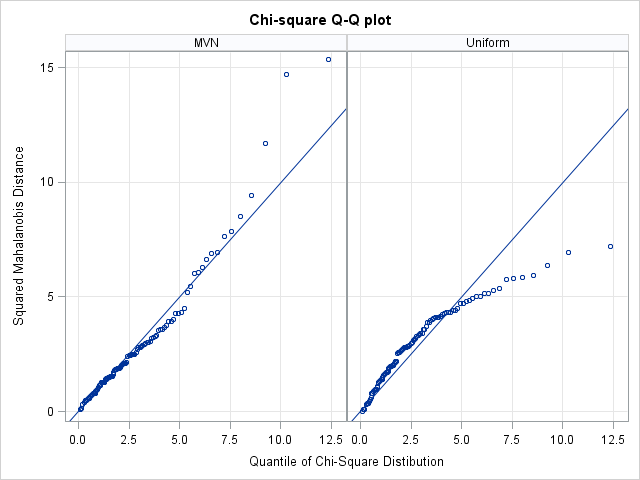
The fundamental units in the SAS/IML language are matrices and vectors. Consequently, you might wonder about conditional expression such as if v>0 then.... What does this expression mean when v contains more than a single element? Evaluating vector expressions When you test a vector for some condition, expressions like v>0







